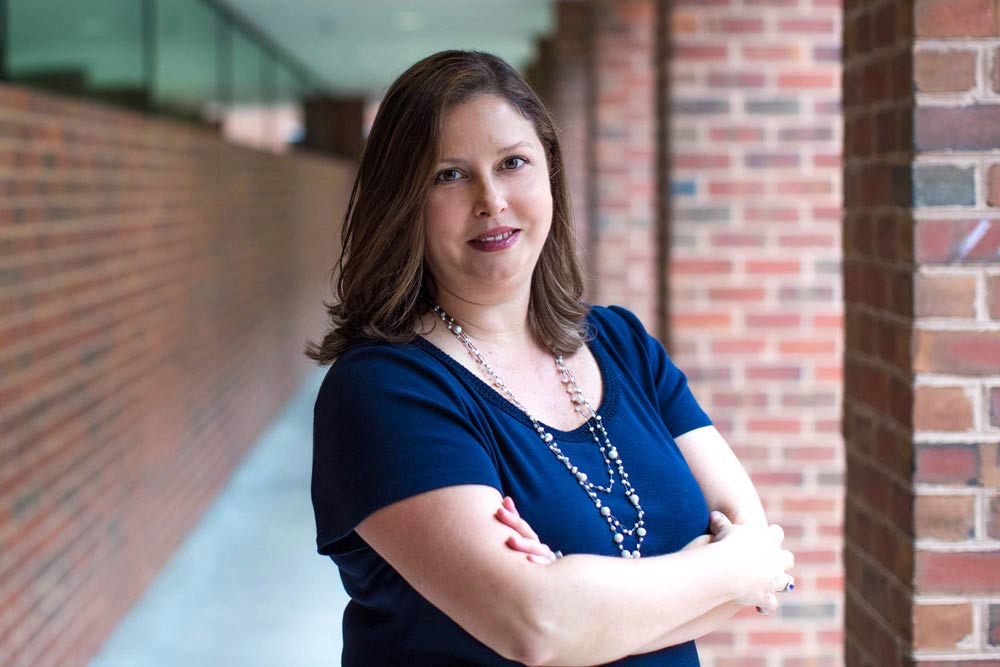Last month, New Mexico became the first state to implement a universal child care program. Starting in November, all families, regardless of income, will be eligible for free child care.
The groundbreaking policy is a significant development for the state, which estimates that families will save an average of $12,000 per year. Child care providers and policymakers across the country will closely watch the policy’s rollout and effects on families and child care workers.
Amanda Williford, Batten Bicentennial Professor of Early Childhood Education at the University of Virginia’s School of Education and Human Development, is an expert in early childhood education. Her expertise includes translating the latest research on child development and early education into effective policy and practice. She is currently partnering with the Virginia Department of Education on several early childhood initiatives.

Amanda Williford, Batten Bicentennial Professor of Early Childhood Education, says commitment on the part of state officials is needed for a universal child care plan to succeed. (University Communications photo)
Williford offers insight into New Mexico’s new policy, its potential impact, and what it could mean for Virginia and other states.
Q. How does the New Mexico program work?
A. Families qualify for child care if they are working or in school. Some families don’t have to meet the work or school requirement, such as a grandparent raising grandchildren. They must apply for universal child care, and they must enroll their child with a child care provider that is approved by New Mexico’s Early Childhood Education & Care Department. These providers include child care centers, family day home providers, after-school programs and summer programs.
Q. How important is access to high-quality child care for a child’s long-term development?
A. High-quality early education is one of the best investments we can make, with benefits that last a lifetime for children and families. In Virginia, 70% of children younger than 6 have all available parents in the workforce, making reliable child care both an economic necessity and a family need. But the key is quality. Right now, too few young children have access to truly high-quality early learning experiences.
Q. New Mexico’s universal system has no income requirements. What are the pros and cons of that model, compared to income restrictions?
A. Universal child care removes stigma and supports all families, not just those with the lowest incomes or those whose children have a disability. At the same time, it requires significant and sustainable funding. Prioritizing families who most need public support can be a smart step along the way to full universal access.










